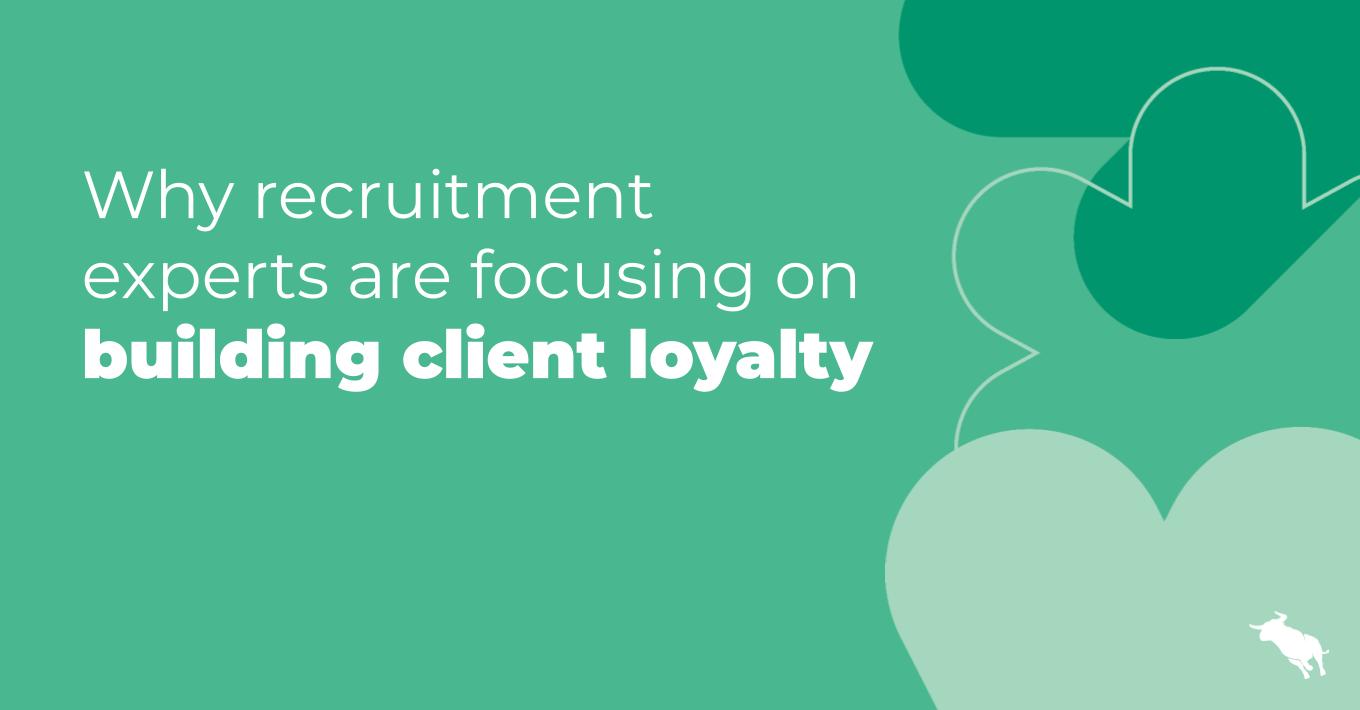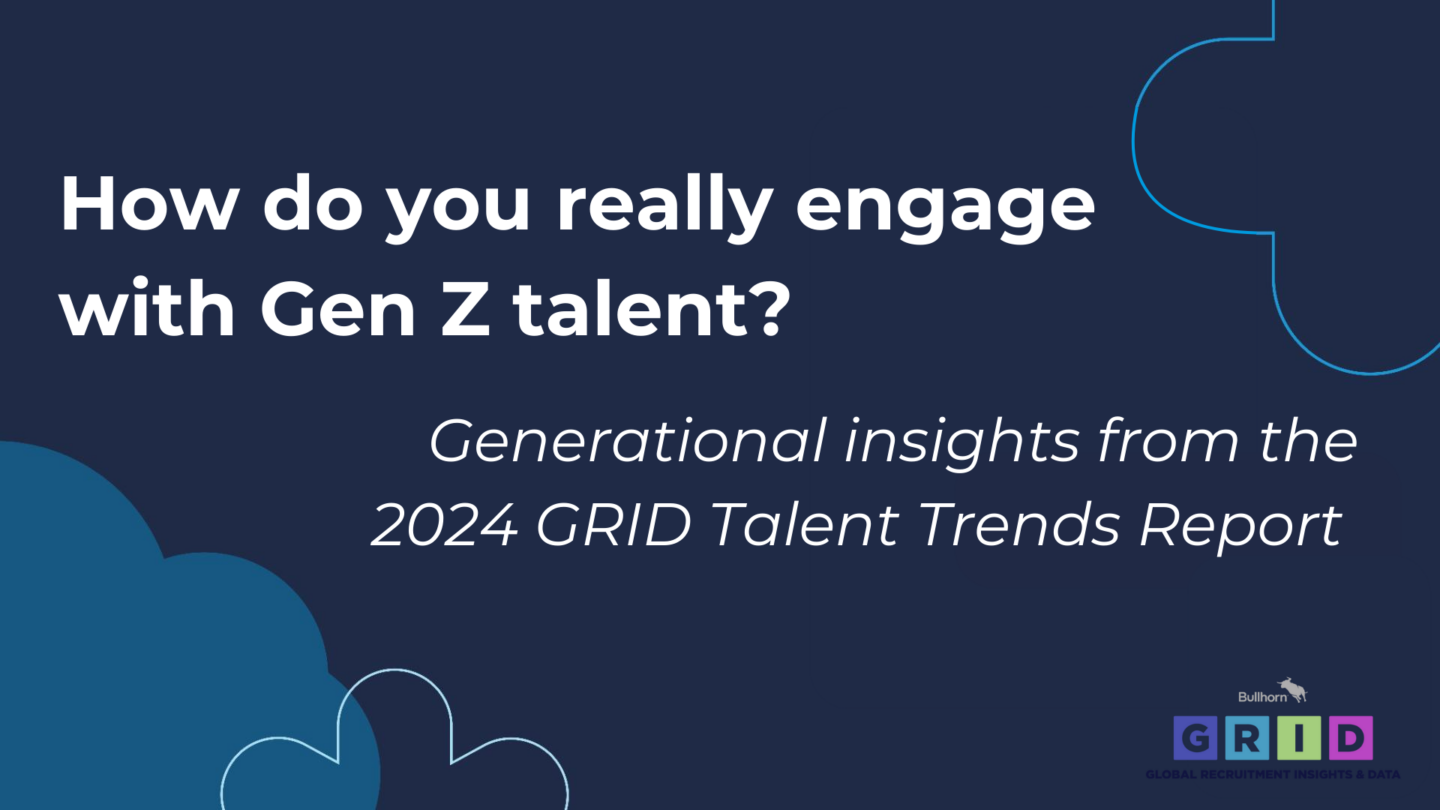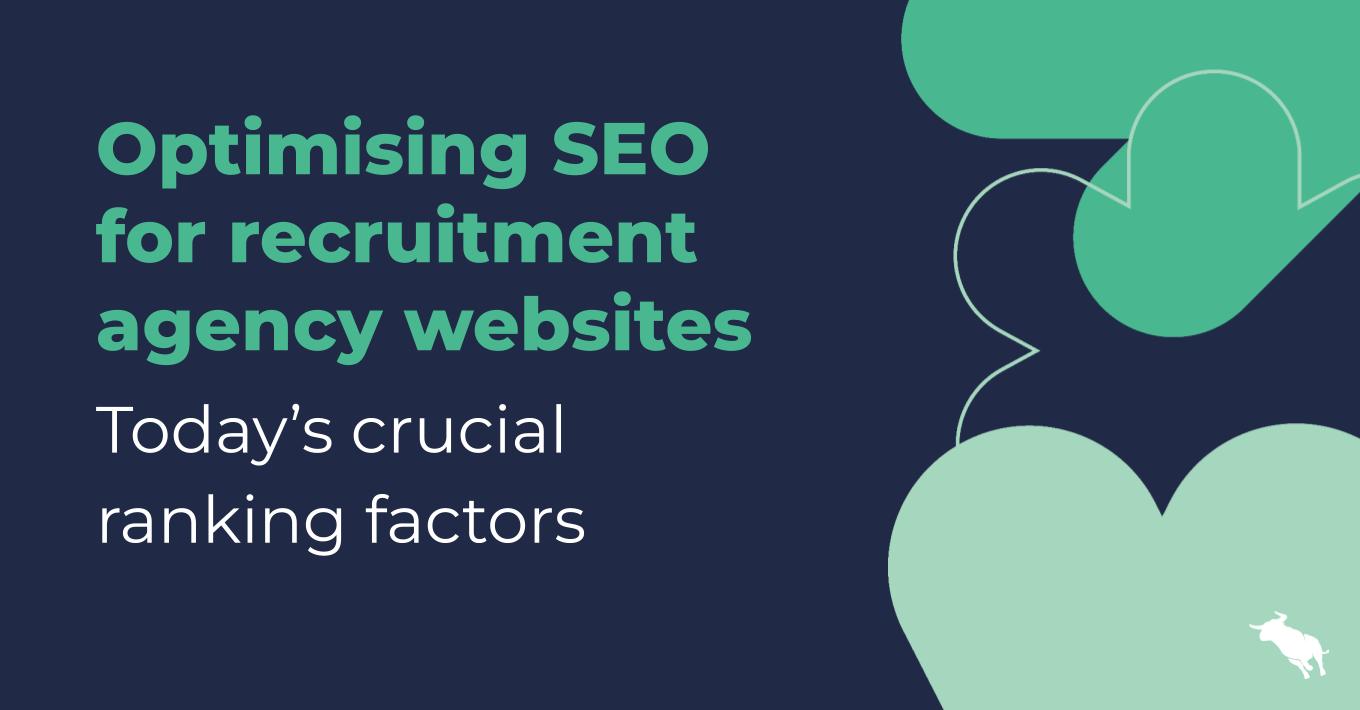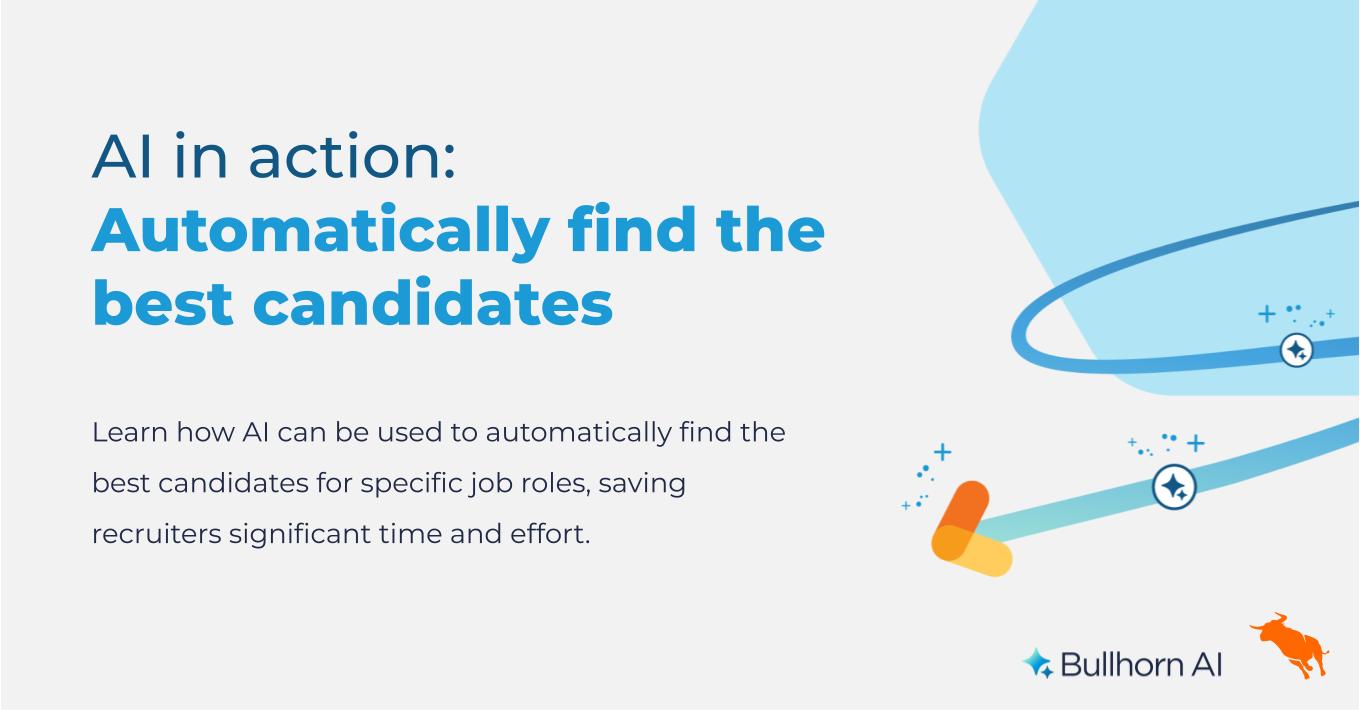Boost Your Recruitment Productivity—3 Steps to Gain 14 Extra Hours Every Week

How much are 14 hours a week worth to you? That’s 35 percent of a full-time salary, so probably a lot. Now, how much are 14 hours a week worth to your company? Chances are that number is even greater. Now, what if you could claim back this time every week, and use it to check items off your to-do list that never seem to get done, without spending more of your day at the office?
Why 14 hours? That’s the average amount of time HR managers say they lose while manually completing tasks that could be automated. We’re talking about the time you spend capturing candidate and employee information. We’re talking about how long it takes to put together a complex Boolean string for one narrow placement (not to mention explaining this string to junior recruiters who have just joined the industry). We’re talking about how long it takes to search for new leads when you’re left with a shortlist of strong candidates that didn’t quite make the cut. These are just a few tasks you can automate with machine intelligence, and we’ve put together a 3-step guide to help you get started:
Step 1: Identify mundane, repetitive, vital tasks that can be automated
Many successful people automated mundane, repetitive tasks or decisions. A perfect example is how Barack Obama, Mark Zuckerberg and even the late Steve Jobs are known for wearing the same style of clothing every day to cut down the time they spend deciding what to wear. Mundane tasks exist in recruitment too. Tasks like capturing candidate data or spending hours searching for the needle in your haystack of candidates don’t have a high impact in isolation, but they are vital to the overall success of bringing people and jobs together.
Step 1 is the easiest part: identify areas of your job that can benefit from automation with machine intelligence. Chances are you have a few tasks in mind already, and if you haven’t yet written them down start by making notes every time you think “Urgh, I can’t believe it’s taking so long to do this.”
Step 2: Embrace technology, your competitors are already all-in
Once you’ve identified areas in your business that can benefit from automation, it’s time to find solutions. The good news: automating mundane tasks is not new to the recruiting industry. Many companies are actively doing so and more join them every day. CareerBuilder found that 72 percent of employers expect some roles within talent acquisition and human capital management will become completely automated within the next 10 years. This is less the “robot stealing your job” and more “AI-powered assistant” that helps free up time so you can focus on your biggest-impact tasks. Whether it’s improving the candidate experience with a one-click mobile application process, parsing resumes to convert unstructured data into rich, searchable candidate profiles, or semantically searching and matching candidates to jobs (and vice versa), there’s technology to help you accomplish these tasks quickly and easily.
Step 3: Don’t just do more. Do far more
Automation in your daily workflow will help you do more. The sort of “more” that processes millions and millions of resumes and job descriptions to understand connections using the latest artificial intelligence advancements like Deep Learning. This is more than any single recruiter (or team of recruiters) could do across their entire career, and it’s done in record time.
This is also how semantic search engines know when you’re looking for Java as an IT skill, rather than as a job title or as a slang term for a coffee addict. It’s also how a search engine knows to automatically include JEE, J2SE, Tomcat and Wildfly as related IT skills in your query to help you find the best candidate in record time. Now that there’s no need for the Boolean ninjas of old, senior recruiters will spend less time developing niche search queries. Meanwhile, junior recruiters are able to make an immediate impact without the steep learning curve associated with finding highly specific talent in industries where skills change and expand on a near-monthly basis.
The Result? 14 extra hours a week to match the best people with their dream jobs
Once you’ve unlocked an additional 14 hours each week by incorporating machine intelligence into your daily routine, what will you do with this newfound time? You can focus on the most complex, human task of recruitment: interacting with people.
Recruiting, at its core, is about people. Companies at the cutting edge of technology like Textkernel simply provide solutions to create an easier and more meaningful way for you to find the right candidate for the right job at the right time. By incorporating machine intelligence into your workflow, you’ll find that you spend more of your day interviewing candidates, strategizing, and focusing on the human judgment, communication, and creativity to win new business and place more candidates.
Visit Textkernel on the Bullhorn Marketplace to learn more about our AI-powered solutions that help recruiters get more value out of their Bullhorn database.

About the Author: As General Manager for North America, Vinnie Cholewa oversees Textkernel’s operations and leads all growth initiatives. Prior to his role with Textkernel, he served as Vice President of Customer Success & Support for CareerBuilder’s international business units. Having spent the last decade-plus in the industry, Vinnie is passionate about advancements with A.I. and automation, and studying workforce economic data. He holds an undergraduate degree from the University of Wisconsin-Madison, a MBA from Arizona State University’s W.P. Carey School of Business and is currently studying Data Mining at Stanford.




